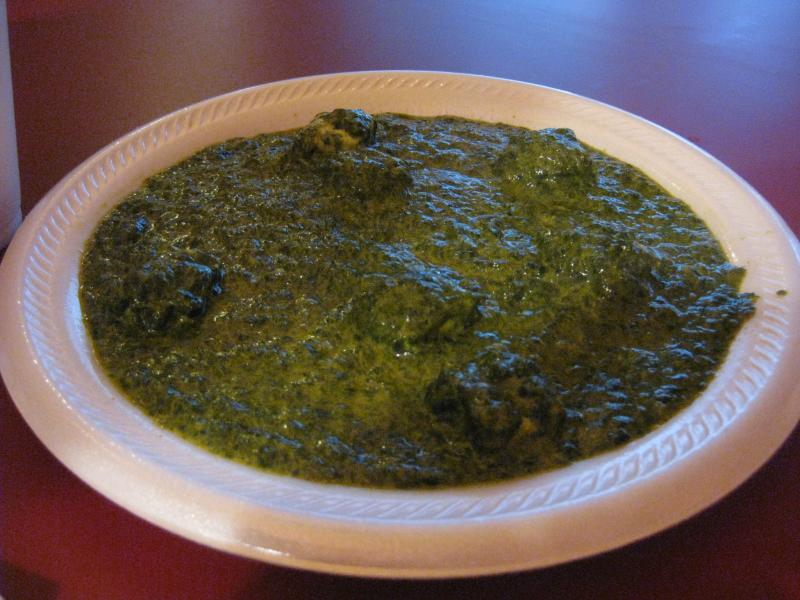At its simplest, Pakistani food today consists of staple ingredients which are cheap and abundant. Wheat and other flour products are the mainstay of the diet, one familiar form being CHAPATI, an unleavened bread akin to a Mexican tortilla. This is made with dough prepared from whole wheat flour.
Another basic Pakistani food is LASSI, milk from which curds and butterfat have been removed. Vegetables, usually seasonal, lentils are commonly used. Families with larger incomes eat more meat, eggs and fruits. And the more affluent cook with GHEE, which is clarified butter, instead of with vegetable oil.
From the earliest times, the imaginative - and sometimes heavy - use of spices, herbs, seeds, and flavorings and seasonings have helped cooks transform rather ordinary staple Pakistani foods into an exotic cuisine.
Consider some of the most common of these in wide use in Pakistan today: chilli powder, turmeric, garlic, paprika, black pepper, red pepper, cumin seed, bay leaf, coriander, cardamom, cloves, ginger, cinnamon, saffron, mace, nutmeg, poppyseeds, aniseed, almonds, pistachios, and yogurt.
Their use in a wide range of pickles, chutneys, preserves, and sauces, together with curries of all descriptions and special treatment for meats, sea, food, vegetables and lentils, gives Pakistani food much of its distinctive character.
Cultural influences, whether religious precepts, practices, and ceremonies or local traditions, or even esthetic preferences, have made their contribution toward the evolution of Pakistani cuisine.













Pakistan ky sary khany hi bhot achy hoty hain. sagg to meri psand h. i LOVE Pakistan
ReplyDelete